Drying
When stocking up on freshly dug potatoes, pay attention to the presence of moisture. If the tubers are shiny or covered with wet lumps of earth, clean them of all unnecessary things and lay them out in a sunny or dry, heated place. A well-lit area will do.
Dry the potatoes for at least 3 hours so that excess moisture evaporates and the remains of the earth fall off. This will prevent rapid rotting: this way the product will be preserved much longer.
After transporting the crop, it is dried for three and a half weeks in a dry, ventilated place. This is how the potato adapts to new conditions. The room temperature should not exceed 18°C, and the humidity should not exceed 95%.
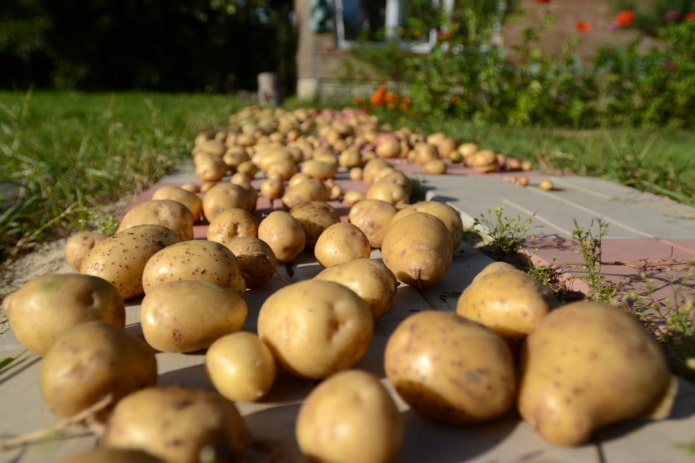
Sorting
Before storing the tubers, they are carefully sorted by size. Separate damaged, cut fruits from the main crop – they should be eaten first, because they do not store for long. Medium-sized potatoes with no signs of disease and with intact skin last the longest.
Small tubers should be set aside for planting until next year. Check the harvest periodically, throwing out green or rotten specimens.
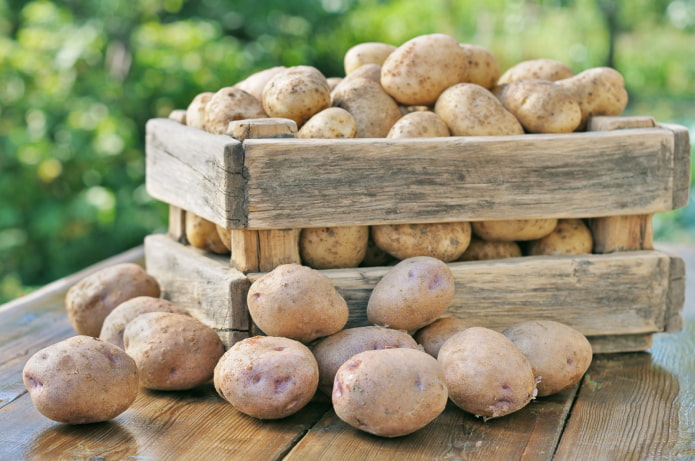
Temperature
Potatoes do not like heat and do not tolerate frost. The optimal storage temperature is from 2 to 4°C, but it is difficult to create suitable conditions in an apartment. If it gets cold (-2°C), if the potatoes are on a balcony or loggia, they must be brought into the apartment. Avoid freezing of the tubers: it is best to do this with a thermometer. Place it in a container and check regularly.
Do not place the harvest near heating devices. Potatoes that are in the heat dry out quickly. The moisture evaporates from it and the product becomes unfit for consumption. The maximum storage temperature is 18°C, provided that the tuber crop is stored in a closed container.
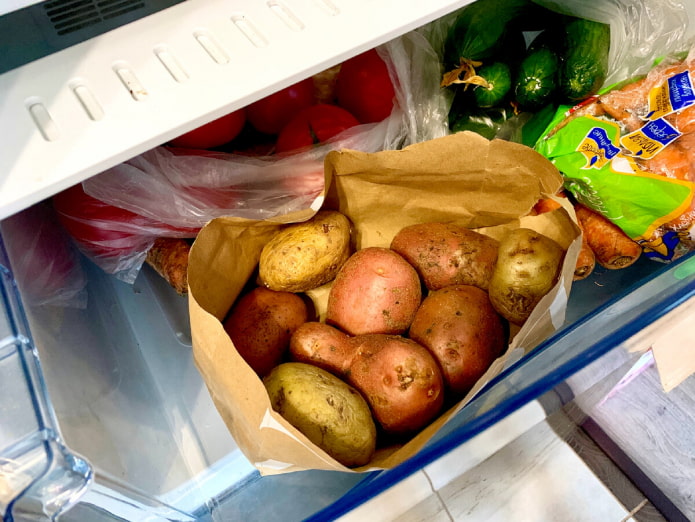
Humidity
Potatoes are a finicky product, which means that if you want to preserve the harvest for a long time, control not only the temperature, but also the humidity. When it decreases, the fruits become flabby, which worsens their nutritional value. With excessive humidity and insufficient ventilation, the potatoes begin to rot.
If the room is warm and damp, the tubers begin to sprout quickly, the amount of vitamins in them decreases sharply. They can no longer be eaten with the peel due to the risk of poisoning.
The optimal humidity for storing potatoes is from 80 to 90%. The place where the harvest is stored should be periodically ventilated. Do not place the container near the walls if condensation is noticed on them. To avoid rotting, lay sawdust between the tubers.
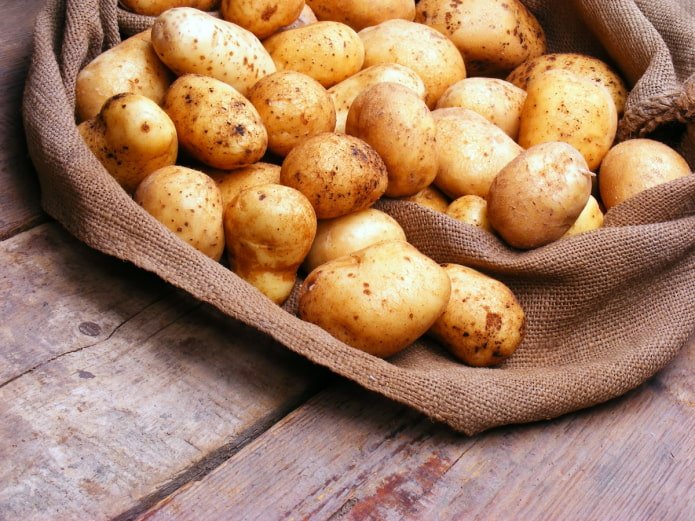
Lighting
Potatoes are afraid of light, so never leave them in a lighted place for a long time. Perhaps you noticed how the tubers peeking out of the ground turned green? This occurs due to the production of the toxic substance solanine, which is harmful not only to pathogenic bacteria, but also to humans.
Green potatoes cannot be eaten, so we recommend placing the product in closed containers. This will prevent not only the production of solanine, but also the sprouting of shoots.
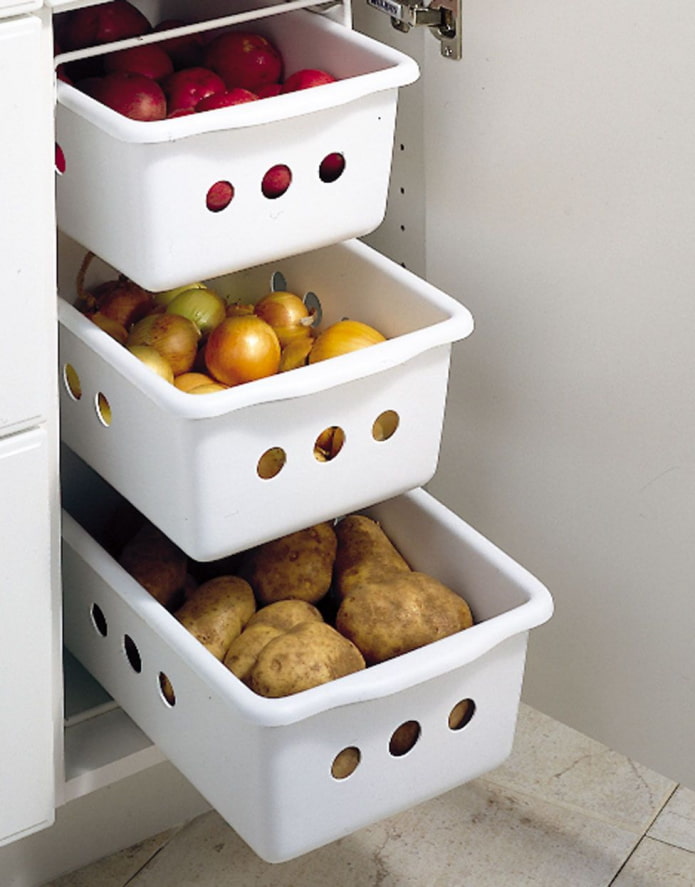
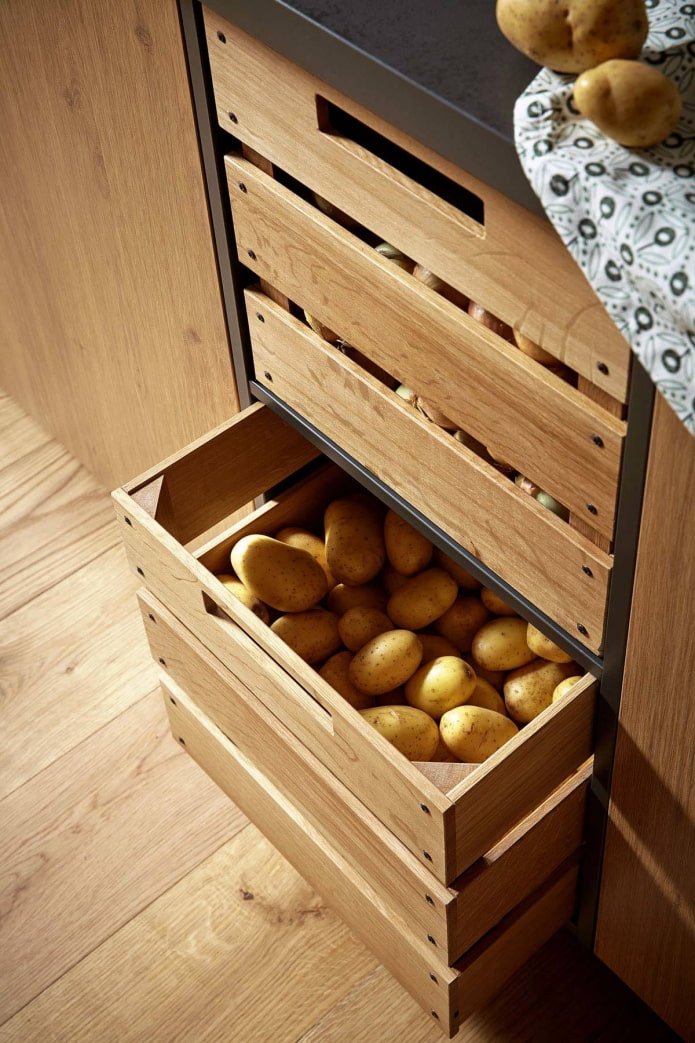
Place
Where to store potatoes in an apartment?
- A glazed balcony with a suitable temperature will do. If it is lower than required, wooden boxes with the harvest should be insulated with foam.
- Another suitable storage place is the refrigerator. The temperature and humidity in it are regulated, and light does not penetrate, but the ideal conditions are marred by low capacity.
- If you have a so-called “Khrushchev” refrigerator under your windowsill, also use it to store potatoes. Install a thermometer inside and insulate the harvest if necessary.
- Do you have a pantry in your apartment? Great! There are no windows or radiators, so potato tubers will like it there.
- As a last resort, potatoes can be stored in kitchen cabinets, but they should be located far from batteries and the oven. Remove the plastic bags from the product and put some wormwood or mint branches in the boxes to prevent rotting.
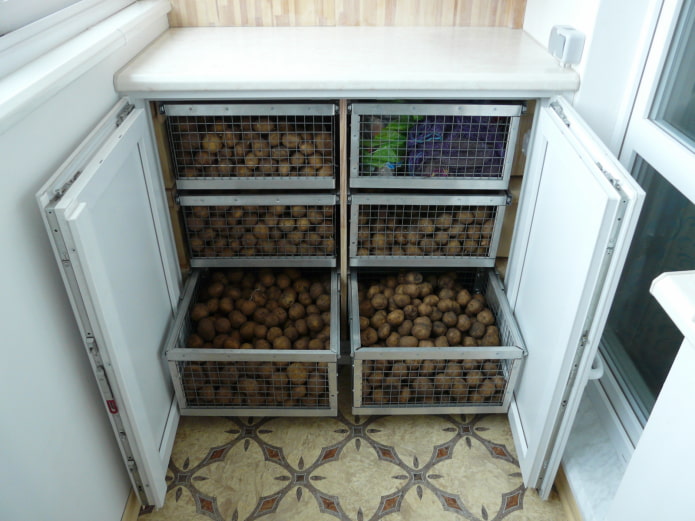
Container
You can use either homemade boxes made of boards (timber) or special purchased boxes. Choose containers with holes so that they let in air, but not light. Wicker baskets made of natural material are also suitable, helping to maintain optimal humidity.
For large quantities of potatoes, bags made of canvas or synthetic mesh are suitable. These materials allow the tubers to “breathe”. Plastic bags are not suitable, as they are not ventilated and contribute to rapid spoilage of potatoes.
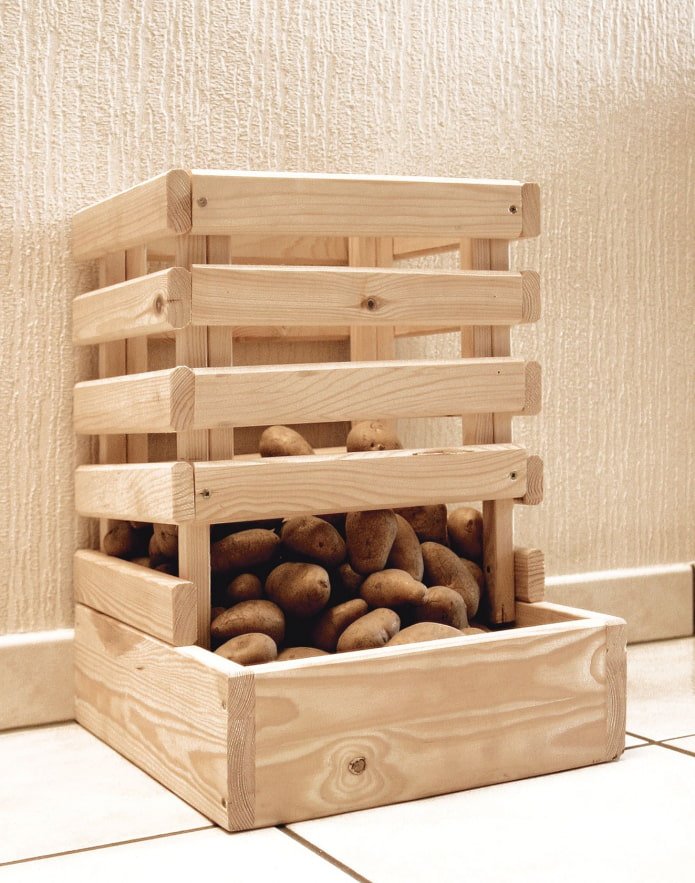
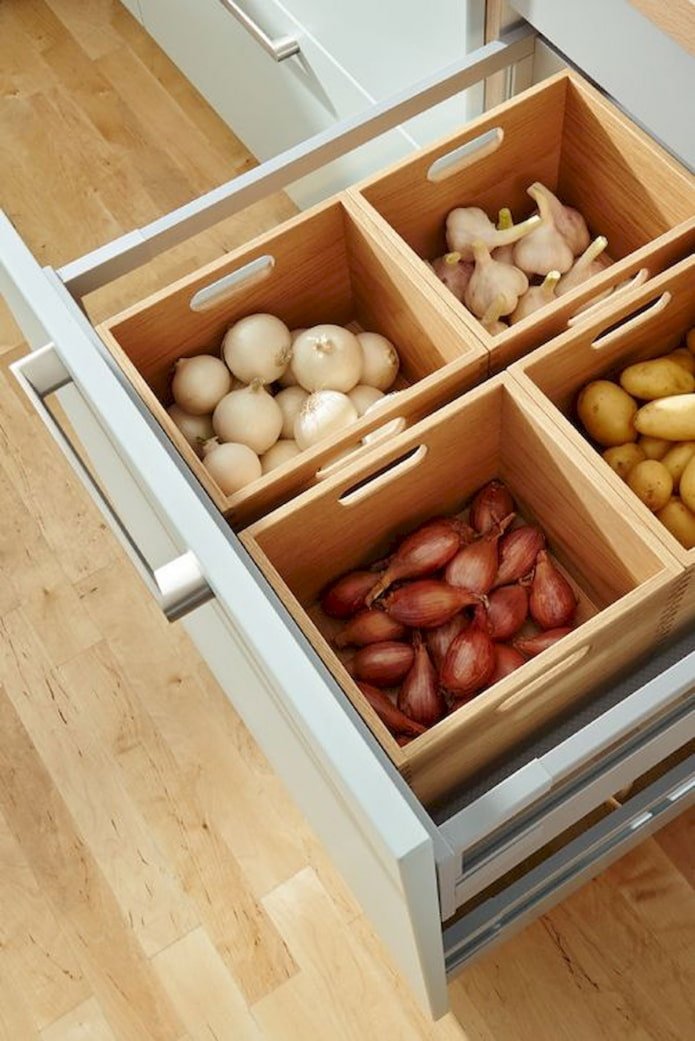
Proper storage of the harvest will allow you to enjoy a tasty product for several months until late spring.
Now reading:
- Bathroom Tiles: 80 Interior Photos and Current Design Ideas
- Chandeliers for suspended ceilings: 50 examples and selection tips
- Canopy Beds: 50 Inspiring Photos for Bedrooms and Kids Rooms.
- Brown Wall Wallpaper: 99 Unique Ideas for Living Room, Kitchen and Bedroom
- Revamped BMW X6: The Ultimate Luxury SUV Experience